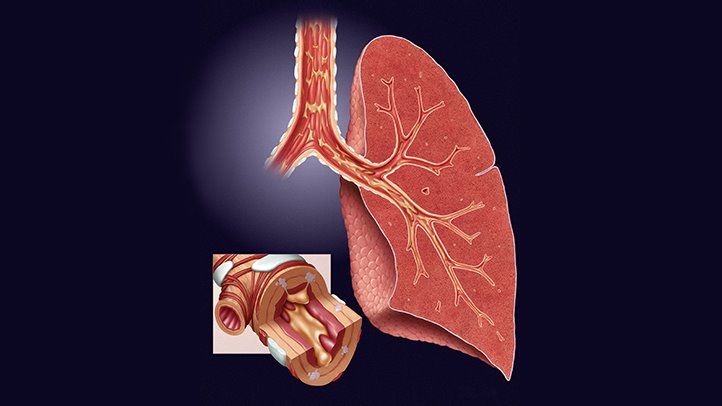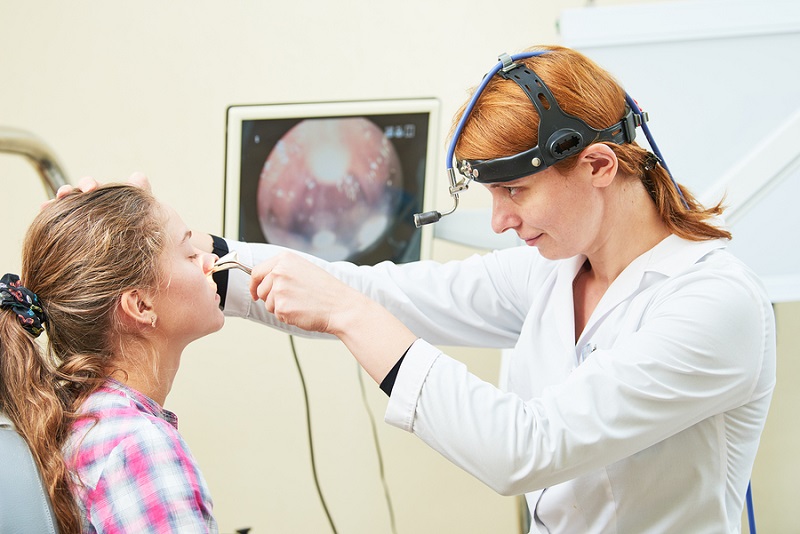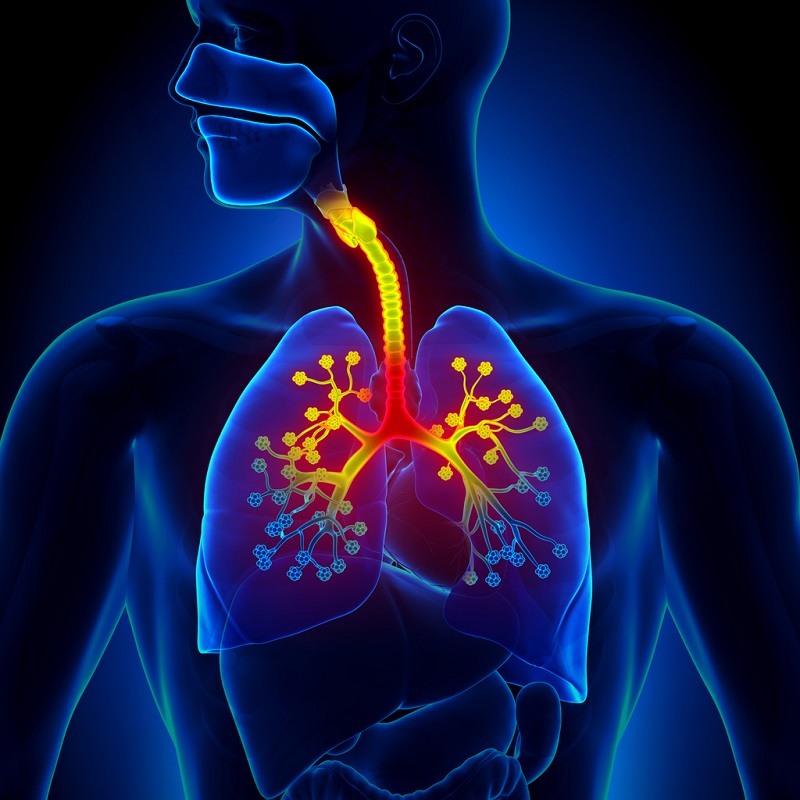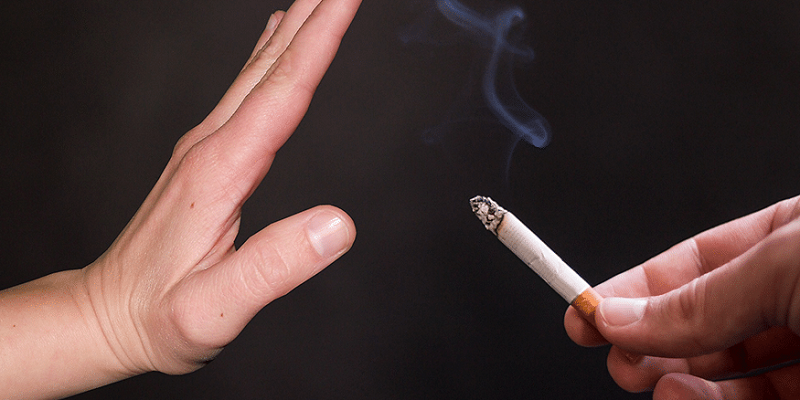Chronic bronchitis is one of the most common respiratory diseases, although chronic bronchitis is much milder than acute bronchitis, its symptom is prolonged affecting the patient’s life. Chronic bronchitis causes persistent cough and increases your risk of excess mucus in the lungs, making your health is weakened. Today, the infection rate of chronic bronchitis is going up, a disease that can be easily spread in people who have a weak immune system. Performing chronic bronchitis to diagnose and treat promptly is an important factor in treatment effectiveness and limiting complications.
Understanding Chronic Bronchitis: What Is It?

What is chronic bronchitis? Chronic bronchitis is a disease of the bronchi that is manifested by cough and sputum expectoration occurring on most days for at least 3 months of the year and for at least 2 consecutive years when other respiratory or cardiac causes for the chronic productive cough are excluded.
When you get bronchitis from chronic bronchitis, symptoms will different from acute bronchitis. There were no severe symptoms, it occurs dull long-lasting months or even years.
Differences between symptoms of acute and chronic bronchitis are caused by different reasons. A virus or bacteria causes acute bronchitis. Chronic bronchitis is triggered by environmental factors like tobacco smoke and pollution.
Because chronic bronchitis is persistent and repeated many times. In some cases, an exacerbation of bronchitis may appear earlier than normal swelling and sensitivity.
Chronic bronchitis occurs again periodically. In some cases, an exacerbation of bronchitis may appear earlier than normal swelling and sensitivity. So, needing to do tests to be diagnosed early, and then combine with taking care of your health and control to help you prevent symptoms from worsening.
What Are The Symptoms Of Chronic Bronchitis?

At first, you may have no symptoms or only mild symptoms. As the disease gets worse, your symptoms usually become more severe. They can include:
- Frequent coughing or a cough that produces a lot mucus
- Wheezing
- A whistling or squeaky sound when you breathe
- Shortness of breath, especially with physical activity
- Tightness in your chest
Some people with chronic bronchitis get frequent respiratory infections such as colds and the flu. In severe cases, chronic bronchitis can cause weight loss, weakness in your lower muscles, and swelling in your ankles, feet, or legs.
After a long period of inflammation and irritation in the bronchial tubes, chronic bronchitis can result in several hallmark symptoms, including a persistent, heavy cough that brings up mucus from the lungs. The mucus may be yellow, green, or white.
As time passes, the amount of mucus gradually increases due to the increased production of mucus in the lungs. The mucus eventually builds up in the bronchial tubes and restricts airflow, causing breathing to become increasingly difficult. This shortness of breath may be accompanied by wheezing that gets worse during any type of physical activity.
In the later stages of chronic bronchitis, the skin and lips may develop a bluish color due to a lack of oxygen in the bloodstream. Decreased levels of oxygen in the blood can also lead to peripheral edema, or swelling in the legs and ankles.
How Is Chronic Bronchitis Diagnosed?

If you’re uncertain about whether or not your symptoms are those of chronic bronchitis, tests are available to help your doctor make a definitive diagnosis:
- A chest X-ray can help rule out other lung conditions, such as pneumonia, that may be causing your cough.
- Sputum is the mucus that you cough up from your lungs. Testing and analyzing the sputum can confirm the presence of bacteria and help your doctor determine the underlying cause of your symptoms.
- A pulmonary function test allows your doctor to evaluate how well your lungs are functioning. It can check for signs of asthma or emphysema by measuring how well you’re able to breathe and how easily your lungs are able to send oxygen to the rest of your body.
- During a CT scan, your doctor takes high-resolution X-rays of your body from various angles, allowing your doctor to see your lungs and other organs in more detail.

How Is Chronic Bronchitis Treated?
Although there’s no cure for chronic bronchitis, the disease can be managed with medical treatment and lifestyle adjustments, especially when a diagnosis is made early on.
Medical Treatments
Depending on the severity of your condition, your treatment plan may consist of the following:
- A bronchodilator is a type of medicine that opens the airways in your lungs, making it easier to breathe. The substance is usually breathed in through an inhaler, which is a device that pumps the medicine into your lungs. Your doctor will show you how to use your inhaler properly so you get the most from bronchodilator.
- Theophylline is an oral medication that relaxes the muscles in your airways so they open up more, which helps relieve any breathing difficulties. Your doctor may prescribe theophylline if you have severe shortness of breath.
- If your symptoms don’t improve with bronchodilator or theophylline, your doctor might prescribe steroids. These medications can be taken either with an inhaler or in pill form.
- Pulmonary rehabilitation is a program that is meant to improve your breathing and overall well-being. It often consists of exercise, nutritional counseling, and breathing strategies. Some programs also include counseling. Your doctor may refer you to a pulmonary rehabilitation program at a hospital in your area.

Lifestyle Remedies
Making certain lifestyle changes and trying natural remedies can also help alleviate the symptoms of chronic bronchitis. You may want to consider the following:
- Breathing in warm, moist air from a humidifier can ease coughs and loosen the mucus in your airways. Make sure you clean the humidifier regularly according to the manufacturer’s instructions. Bacteria and fungi can grow in the water container if it isn’t cleaned properly.
- You should quit smoking immediately if you’re a smoker. If you live in an area with high levels of air pollution, you should wear a mask whenever you go outside. You should also wear a mask if you work in an industry where you’re exposed to paint or household cleaners with strong fumes. Frequent exposure to these irritants can make your symptoms much worse.
- Physical activity can strengthen the muscles that help you breathe. Ideally, you should exercise at least three times per week for 30 minutes. If you didn’t work out before, start out slowly and gradually increase the length and intensity of your exercise routine. You can ask your doctor to help you create an exercise plan that works for you.
- Pursed-lip breathing can sometimes provide relief when you’re having difficulty breathing. In pursed-lip breathing, you take a deep breath and then slowly breathe out through your mouth. As you breathe out, hold your lips as if you’re about to kiss someone. Doing this can help regulate your breathing and make you feel better when you’re experiencing shortness of breath.

Chronic bronchitis recurs and is often long – term disease. Therefore, we need to take preventive measures by paying attention to keeping the body warm, limiting exposure to factors caused by disease. At the same time, when suspecting yourself has symptoms, you should come to the hospital to perform tests for diagnosis and treatment.
The site cannot and does not contain medical advice. The medical information is provided for general informational and educational purposes only and is not a substitute for professional advice. Accordingly, before taking any actions based upon such information, we encourage you to consult with the appropriate professionals.

 1900 1717
1900 1717 